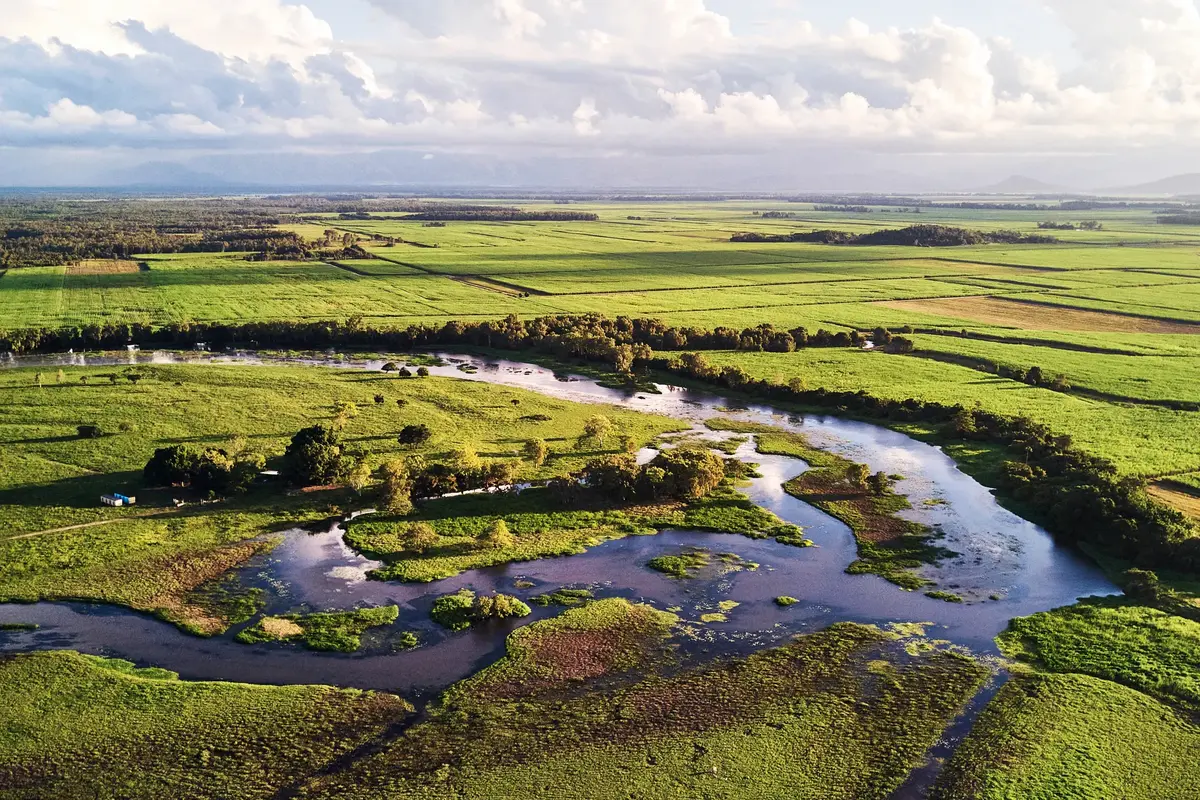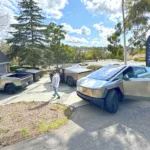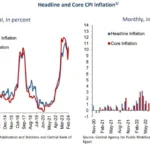Overlooked Blue Carbon superstars: Untapped potential of alternative tidal wetlands – Dailynewsegypt


Blue Carbon initiatives have been on the rise worldwide, yet the demand for carbon credits currently surpasses the supply.
Traditionally, only mangroves, salt marshes, and seagrass meadows are recognized as Blue Carbon ecosystems. However, other tidal wetlands like tidal freshwater wetlands, transitional forests, and brackish marshes also meet the criteria for Blue Carbon classification.
A recent collaborative study involving scientists from Australia, Indonesia, Singapore, South Africa, Vietnam, the US, and Mexico has shed light on the untapped potential of Blue Carbon projects. These projects aim to conserve, restore, and enhance the management of endangered wetlands.
The research, spearheaded by Fernanda Adame of Griffith University’s Australian Rivers Institute, assessed the biophysical traits and management potential of various tidal wetlands. The findings suggest that any wetland influenced by tides, whether directly or indirectly, should be considered a Blue Carbon ecosystem.
“Recognizing and prioritizing the protection and restoration of these wetlands can unlock a host of benefits, including biodiversity conservation,” Adame remarked.
The study presents strong evidence that tidal wetlands, beyond the commonly acknowledged types, possess Blue Carbon characteristics. They are significant carbon stores in their soil and biomass and emit minimal greenhouse gases.
Blue Carbon projects, especially those focusing on mangroves, salt marshes, and seagrass, have gained prominence for their role in carbon sequestration and greenhouse gas emission reduction.
Coastal wetlands have become pivotal in climate change mitigation, offering substantial opportunities to reduce atmospheric greenhouse gases.
“Strategic management of these ecosystems can not only curb emissions but also contribute significantly to the United Nations Sustainable Development Goals,” Adame emphasized.
Incorporating all tidal wetlands into Blue Carbon strategies can amplify their role as carbon sinks and bolster our fight against climate change. This inclusive approach protects the environment and opens doors for sustainable development and conservation.






